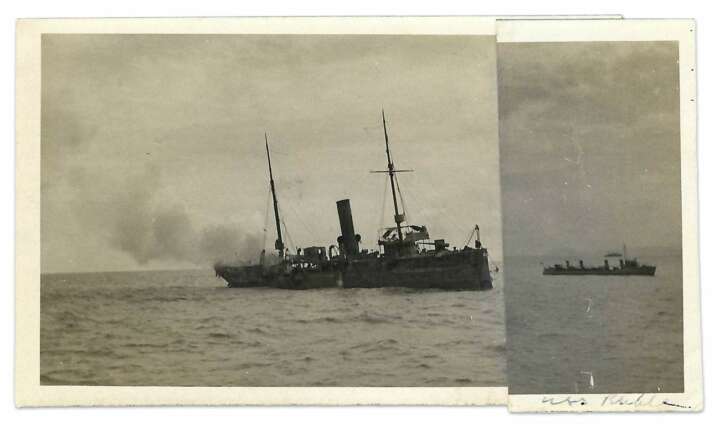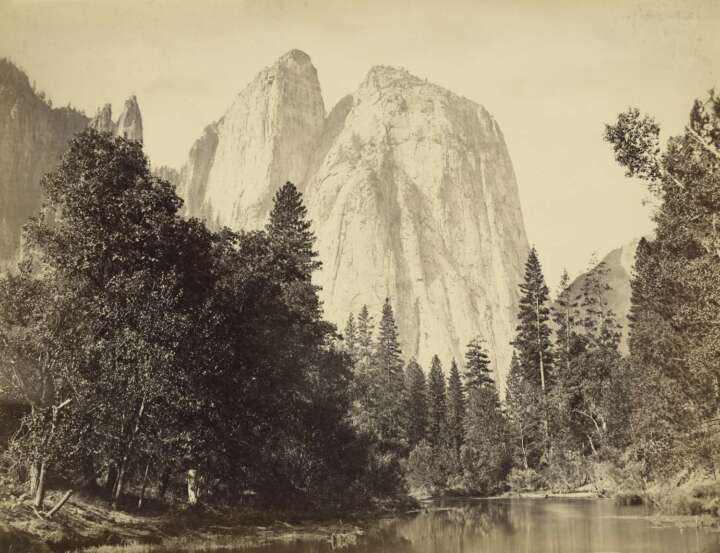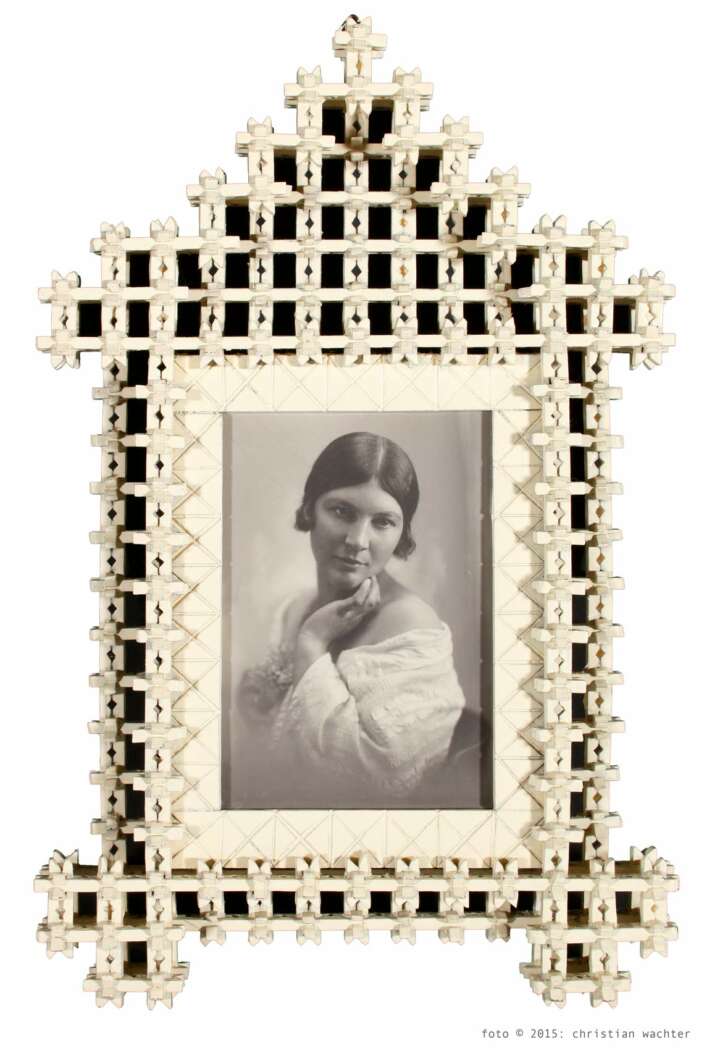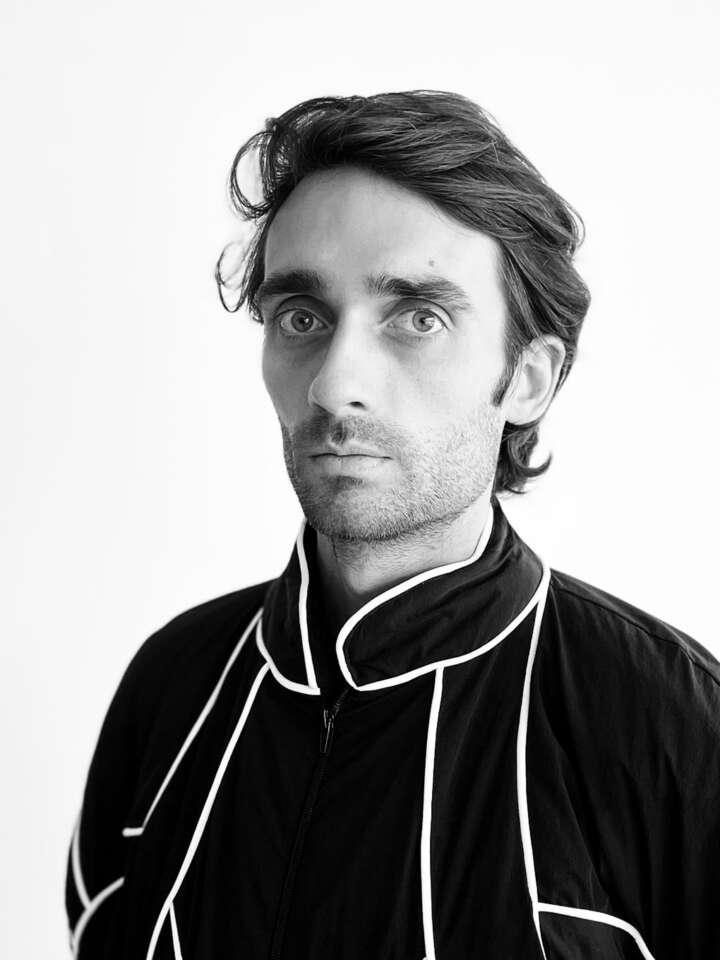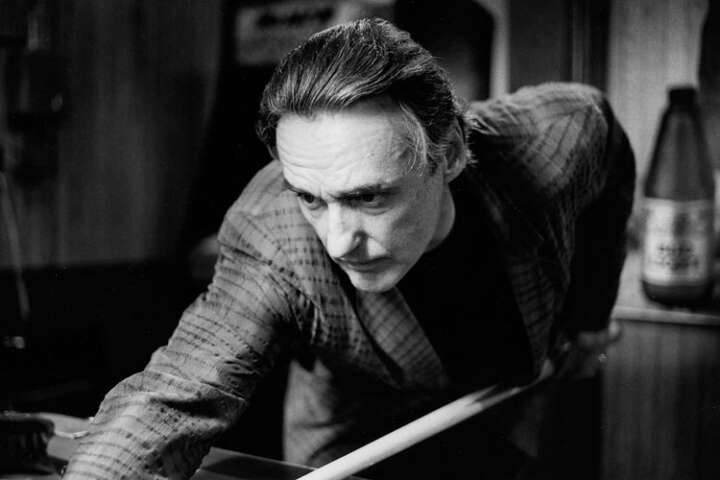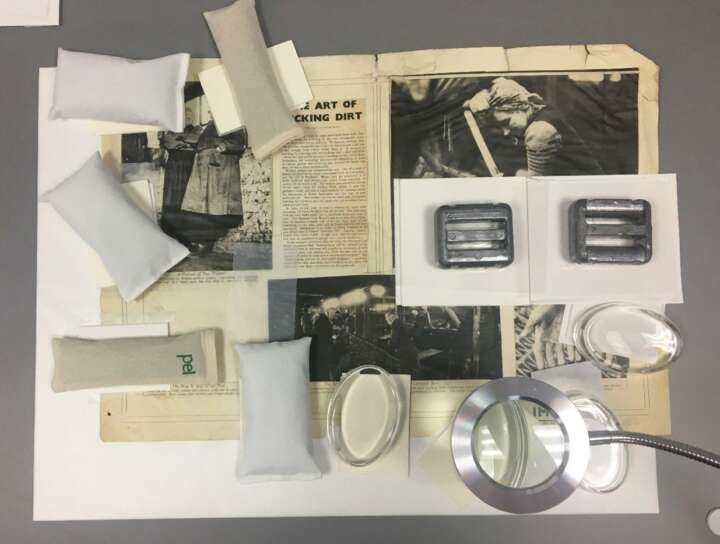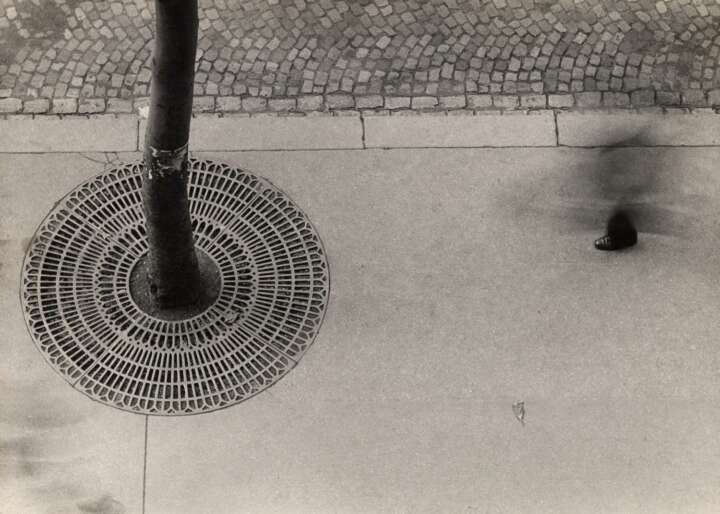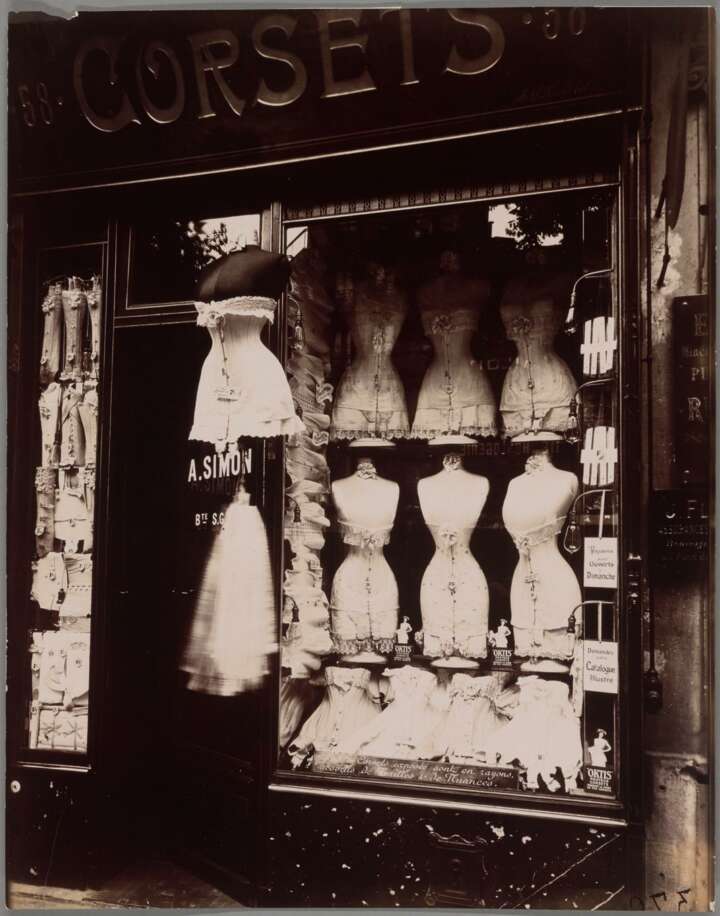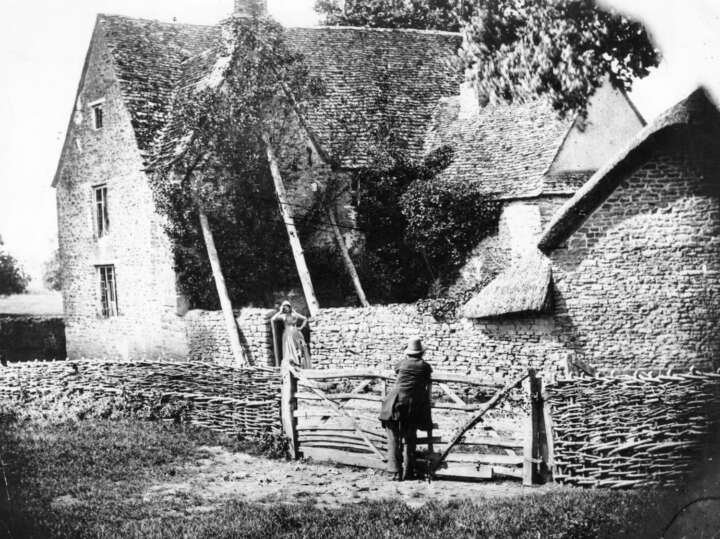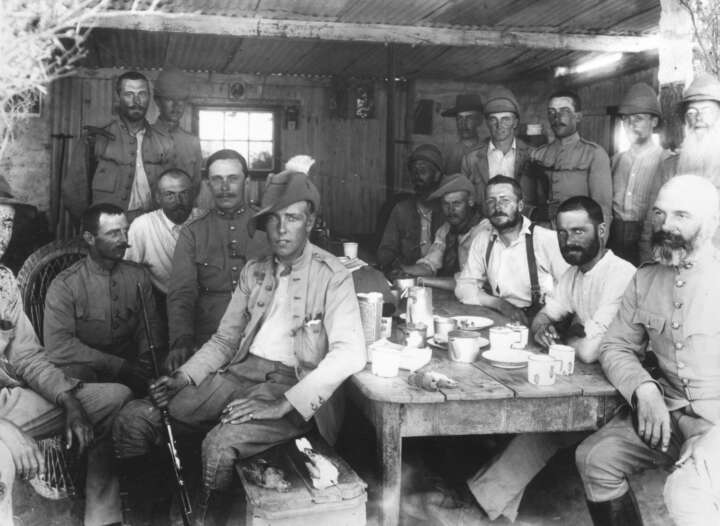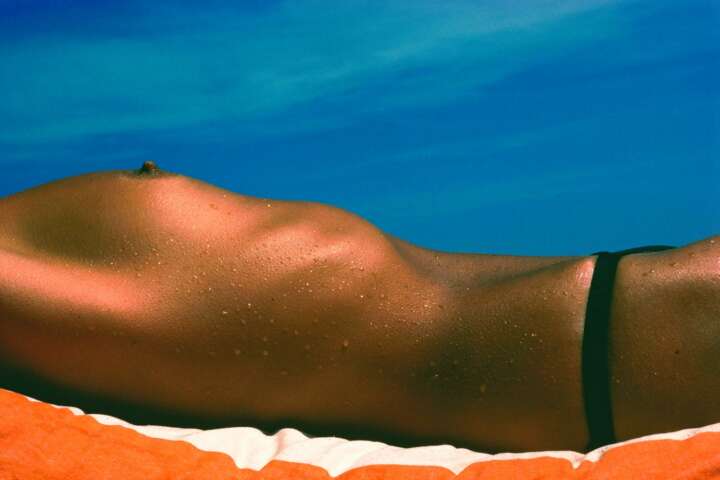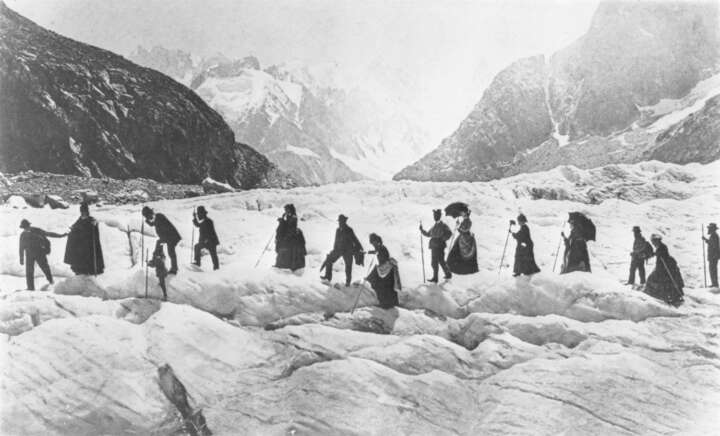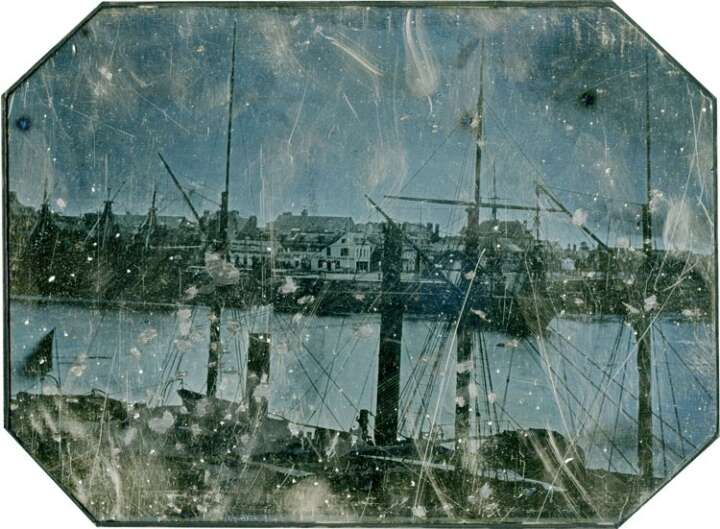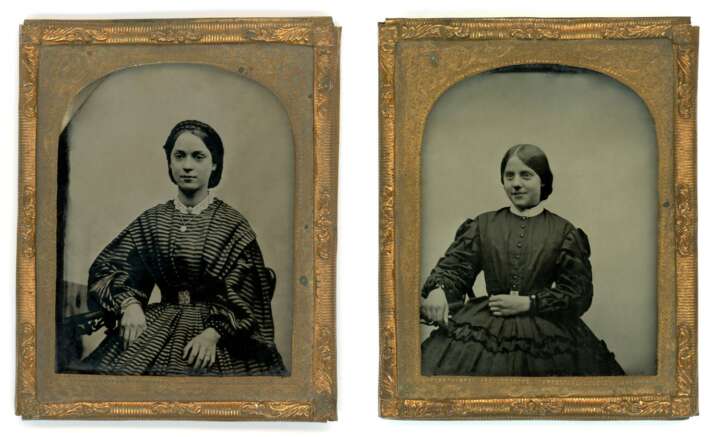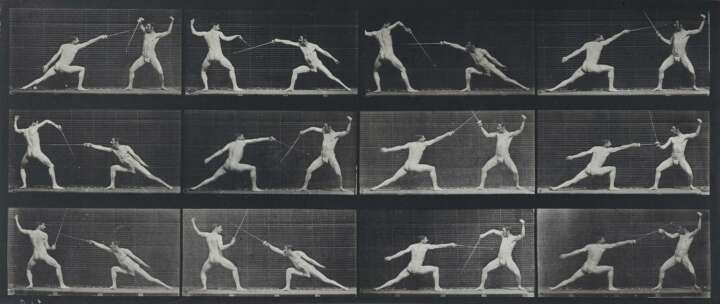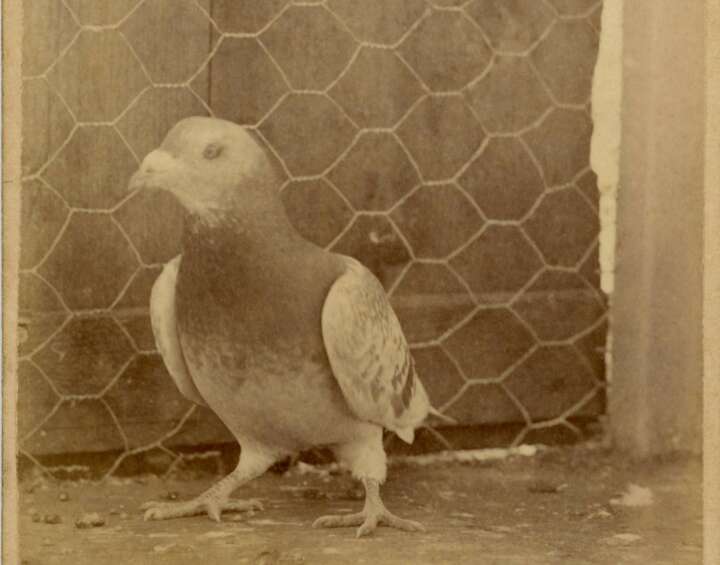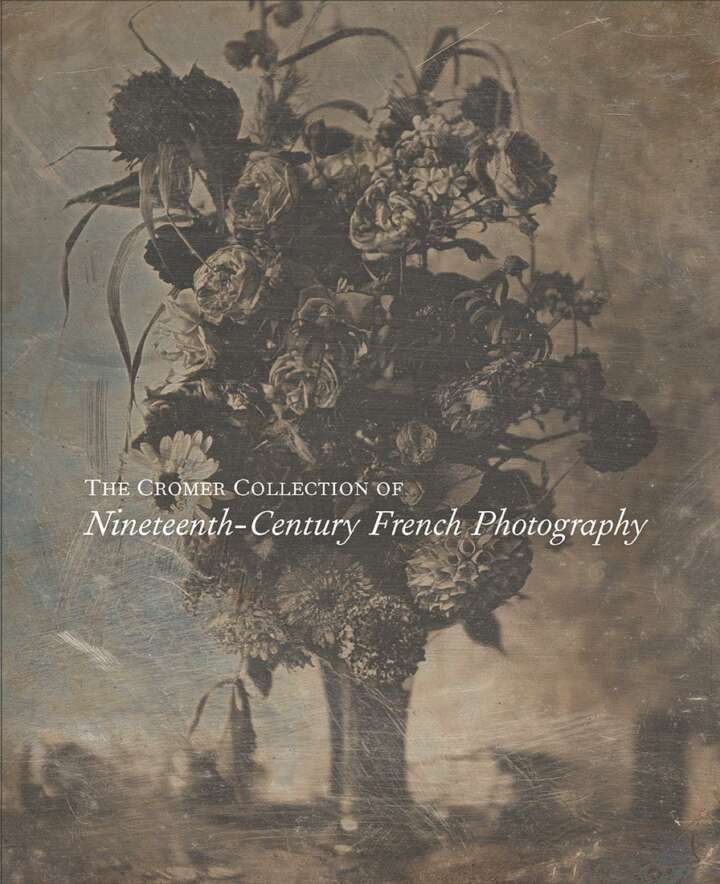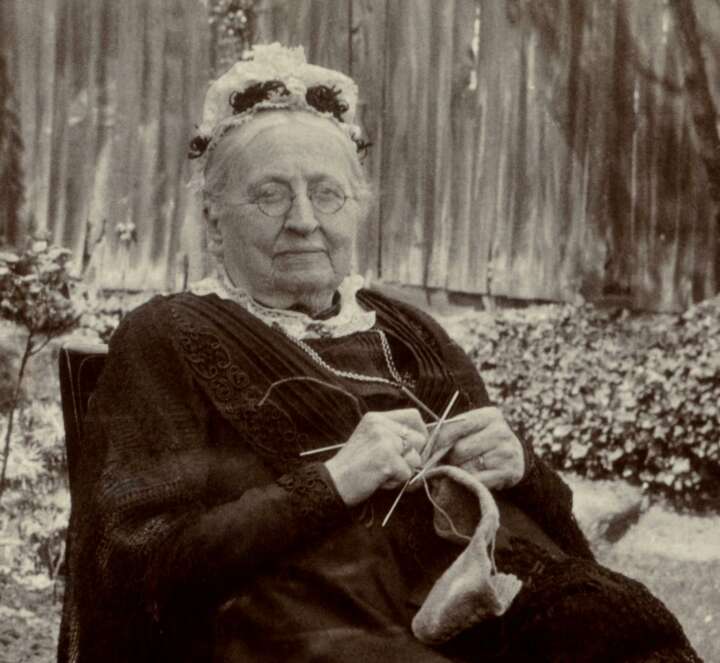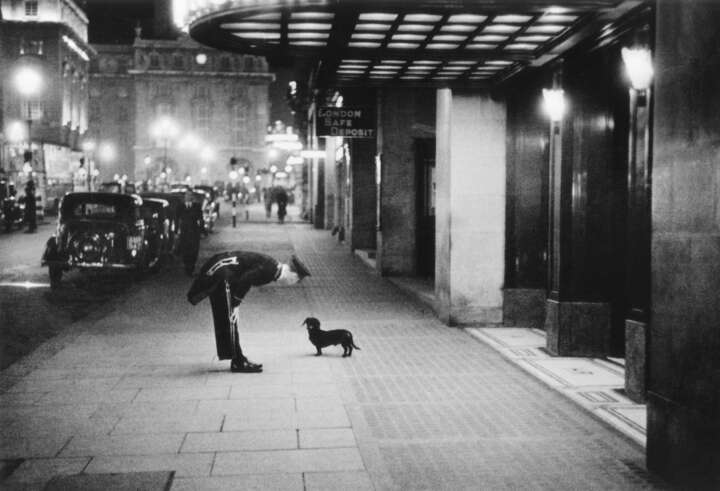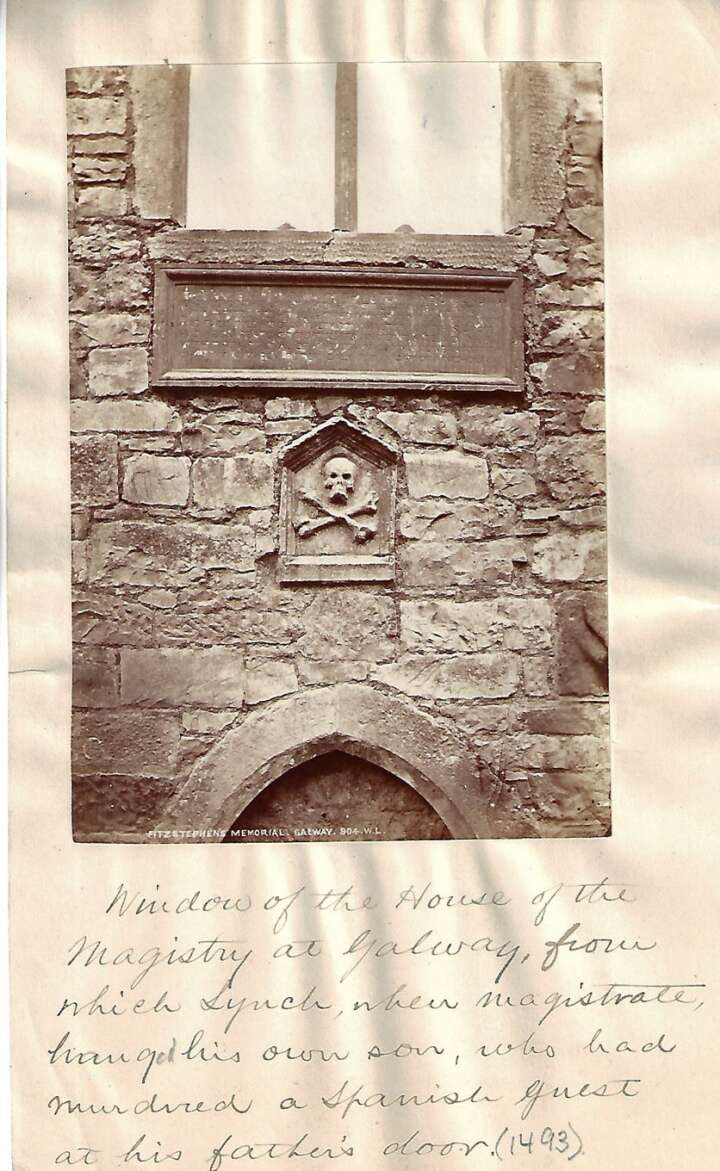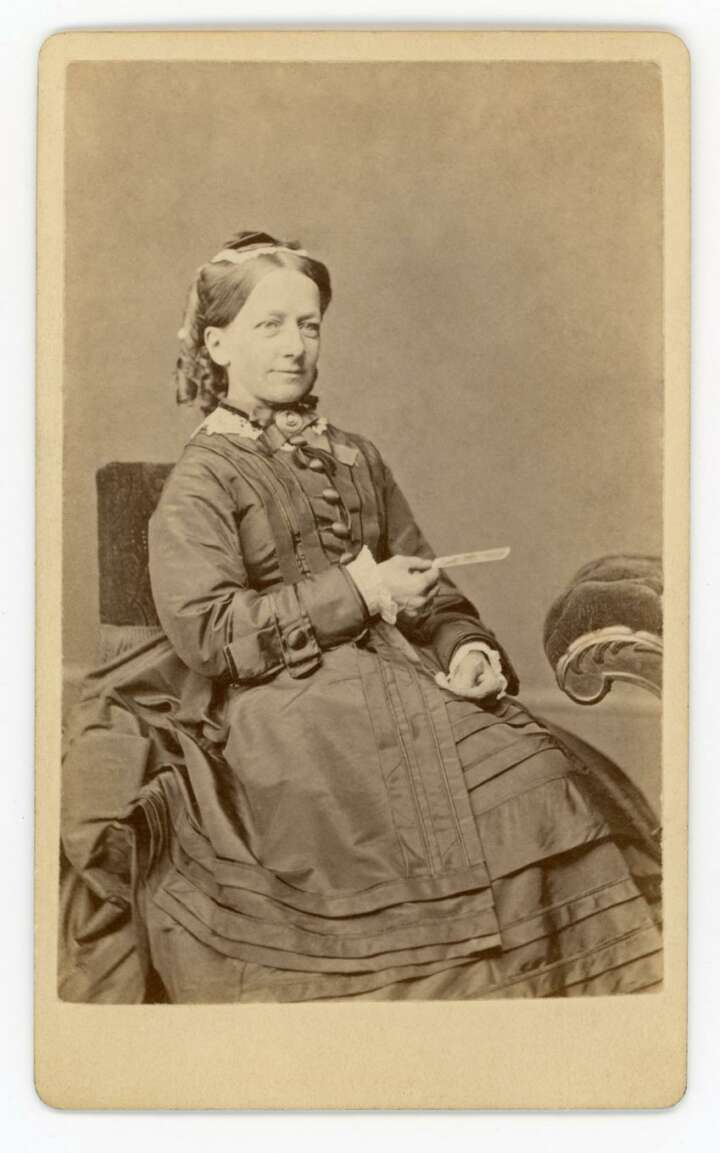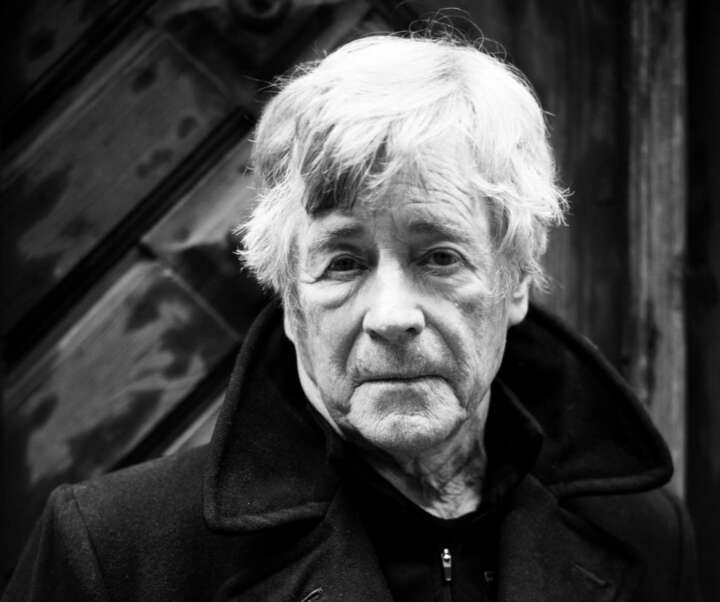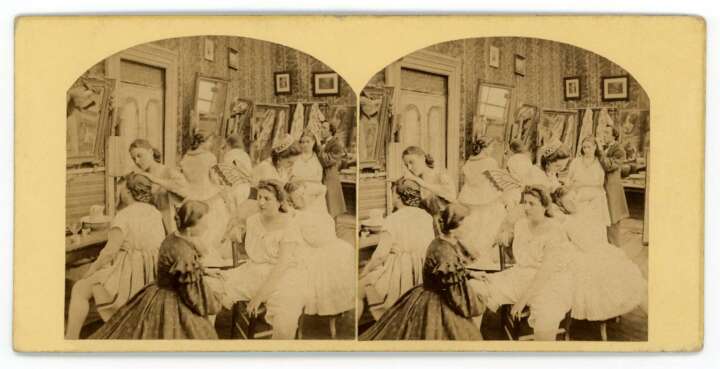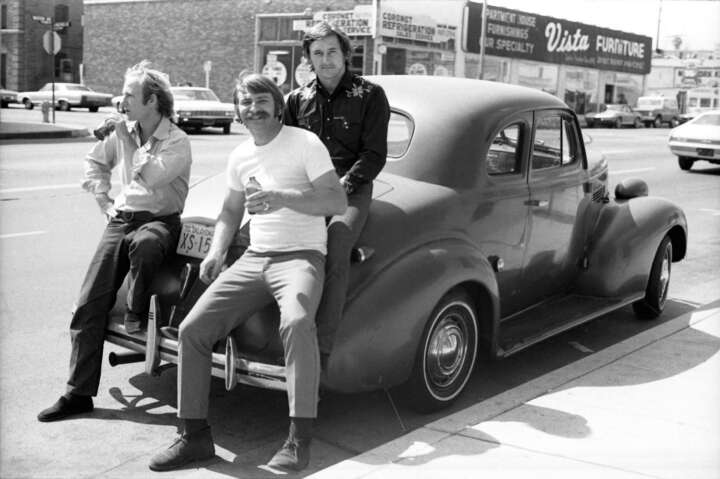Unending frames
Every photographer is faced with an array of choices. Decisions need to be made. Where to point and shoot. What to include and what to leave out. How the photograph’s edges will work alongside the images they contain. Then, of course, there is the matter of the things that sneak into frame; and those that might get cropped, as if by a guillotine.
Carleton E. Watkins –
The Great American West
In the summer of 1861, Watkins first travelled to the remote and unexplored Yosemite Valley and Mariposa Grove of Big Trees, two hundred miles east of San Francisco, to photograph their fabled wonders.
by Matthew Butson, Vice President – Getty Images, Hulton Archive
Framing Portraits –
Art Nouveau and Beyond
The frame was made from wooden clothespins, otherwise often used to construct crosses of the same size. It’s an example of “Gartenarbeiten”, meaning Trench Works, which were made from everyday objects during the First World War.
The Next Generation in Classic Photography –
Barnabé Moinard
I chose to be a full-time dealer so that I would be fully invested and not be tempted to rely on a safety net. It's not always easy, but it's exciting!
Out of the Blue and Into the Black –
Paul Joyce remembers Dennis Hopper
At this stage of his career Dennis was basically uncontrollable. He made enemies left, right and centre and cared not a jot about it. For instance, he found himself sitting next to George Cukor, director of The Philadelphia Story (1940) and A Star is Born (1954), at a Hollywood dinner. In horror, fellow guest Peter Bogdanovich heard him say to Cukor, “You’re old Hollywood and we are going to bury you!”
The Magazine Files
The Unpublished Picture Post Stories – Conservation of the Galleys or Mock-ups.
Interview with Emma Lowe, conservator at Getty Images Hulton Archive
The first steps in any conservation treatment are to photograph it, record the damage, which may look very different when flattened, and then dry clean all the surfaces.
Otto Steinert:
A Treasure Trove of 22 Prints Goes to Auction
He left his mark on German post-war photography like no other. Otto Steinert spanned the arc from New Seeing to Subjective Photography, broke with the conventions of documentary photography, and fundamentally influenced the visual language with his tension-filled compositions.
“The Whole of Old Paris”
Highlights from the Mary & Dan Solomon Collection at the Getty Museum
Last year, the Getty Museum acquired the private collection of 209 Atget photographs assembled over the course of 25 years by Mary and Dan Solomon.
William Grundy:
Reflecting the Victorian Mindset in Photographs
Grundy lived in Sutton Coldfield, near Birmingham. Unlike William M England, who is renowned for his extensive trips in America, France, Ireland and Switzerland, Grundy’s travels were more modest - indeed London Stereoscopic labeled his collection Grundy’s English Views!
by Matthew Butson, Vice President – Getty Images, Hulton Archive
Reinhold Thiele
Wunderkind and Pioneer
When the Boer War broke out in October 1899, Thiele was appointed as the official photographer for The Graphic – the first and only to be sent to South Africa in such a capacity.
by Matthew Butson, Vice President – Getty Images, Hulton Archive
Philippe Garner:
An exhibition of his photographs at Hamiltons Gallery
‘I was twenty-three when I took the first of these pictures. Thinking back to those years, I recall how driven I already was to make images that captured the essence of all that engaged me. I had spent much time as a child and teenager in the South of France, based in Aix-en-Provence, where my grandmother lived. That region – including Marseille and the coastal resorts to the east of Marseille and their hinterland – became an important part of my life.’
William England (1816-1896)
After building a reputation as both a gifted technician and portrait photographer of some talent, William England eventually abandoned portraiture to join The London Stereoscopic Company, upon its founding in 1854. England soon became the company’s principal photographer and leading technical innovator.
by Matthew Butson, Vice President – Getty Images, Hulton Archive
A Second Lease of Life-
Sitters and PhotographersPart Five: Mr Boswell’s “Field Days”
The idea for this article started when my wonderful colleague Rebecca drew my attention to a group of twelve ninth plate ambrotypes that were for sale on eBay as “Buy it now” (not a very common thing, unfortunately) and were described by the seller as possibly representing members of the same family.
An Alternative History of Photography:
Works from the Solander Collection at
The Photographers’ Gallery
The Photographers’ Gallery, London, presents An Alternative History of Photography: Works from the Solander Collection, a bold new perspective on the history of photography. Curated by Phillip Prodger, co-founder of The Solander Collection, the exhibition includes over 130 works that invite the viewer to look again at well-known works and new discoveries by major artists, alongside forgotten greats, regional champions and unknown artists.
A Second Lease of Life-
Sitters and PhotographersPart Four: Strawberry (sitter) and Eales (photographer)
This is no ordinary sitter I am writing about this time but one with feathers and a beak: a pigeon. What makes this bird interesting is that it was no ordinary pigeon either but a champion homing one.
Restaging Rosalind Fox Solomon’s project Portraits in the Time of AIDS
Interview with Julian Sander
This project is so very important because the use of the photographic image, which we understand to be true, is used to create a degree of inner challenge, a cognitive dissonance. The way each of us see these portraits and judge the sitter is a direct reflection of how we see and value each other. It challenges the myth that we will live forever.
A Second Lease of Life –
Sitters and PhotographersPart Three: Mrs. Budden (sitter) and Dr. Budden (photographer)
I was recently offered an amateur stereo card showing an elderly lady, sitting on a chair on the lawn of a fenced garden...On the back of the card someone has written the following words: E. Budden, Crouch End, May 13th 1917.
Kurt Hutton – A Pioneering Spirit
Compassion for his fellow man and the naturalness of composition was what mattered most to Hutton and he abhorred what he called “artificial pictures”. His job, as he saw it, was to simply produce “an objective picture of life” – capturing both the ordinary and the extraordinary - which was Picture Post’s forte.
by Matthew Butson, Vice President – Getty Images, Hulton Archive
A Tall Tale and a Mystery Wrapped in a Conundrum
There are many myths surrounding this story, but the myths about this supposed 15th century event have no contemporary references, and began to develop in the 17th century around a house built in the 17th century.
A Second Lease of Life –
Sitters and PhotographersPart Two: Mrs Summers (sitter) and Richard Dighton (photographer)
On May the thirteenth 1875, Mrs Elizabeth Summers pushed the door of Richard Dighton’s photographic studio, at 433 High Street, Cheltenham, Gloucestershire, and had some carte-de-visite portraits taken. After she collected the photographs or they were delivered to her house, she wrote down the date of the sitting on the back of one of the mounts.
In Memoriam : Sean Thackrey 1942 – 2022
In 1970, Sean and Susan Thackrey opened a gallery, The Poster, in San Francisco, which later became the Thackrey & Robertson Gallery when Sally Robertson became a partner. In a Victorian on Union Street, down a brick ramp, Robertson hung vintage Art Nouveau posters and prints, and Thackrey focused on rare vintage 19th century photographs
Henri Lefort: The Ultimate Entertainer
A new book, available as a free download
Interview with author Denis Pellerin
All his life, Lefort seems to have devoted his energy to entertaining his fellow citizens, whether as a composer of comic songs, a toy-maker, an optician or a stereo photographer. He made them laugh but also travel, dream and escape from their daily lives through various optical instruments and dioramic slides with day and night effects, or through the scenes he staged for the stereoscope or the landscapes and interiors of palaces he photographed.
Jerry McMillan on non-objective abstract photography and shooting the LA art scene in the 1960s and ’70s
McMillan and four friends; Ed Ruscha, Patrick Blackwell, Don Moore and Jo Goode, decided to leave Oklahoma City, and go to art school, the Chouinard Art Institute in Los Angeles. They shared a house in Hollywood, where Patrick Blackwell would interest the others in photography.


